#goldfields
Explore tagged Tumblr posts
Text

Balaclava Mines, Whroo, Australia: Whroo Historic Area is 65 hectares of a remnant gold mining township within the world’s largest ironbark forest of 24,300 hectares. The open cut of the impressive Balaclava Mine marks one end of the journey. Remnants of Victoria's gold rush era can be discovered all along the way. Underground storage tanks, mining shafts and tunnels, building rubble and foundations, century old rubbish dumps and gold mining infrastructure comprise an historic treasure trove.. The Balaclava Mine was an open-cut mine in the Australian ghost town of Whroo, Victoria. The site now operates as a tourist attraction. Wikipedia
110 notes
·
View notes
Text
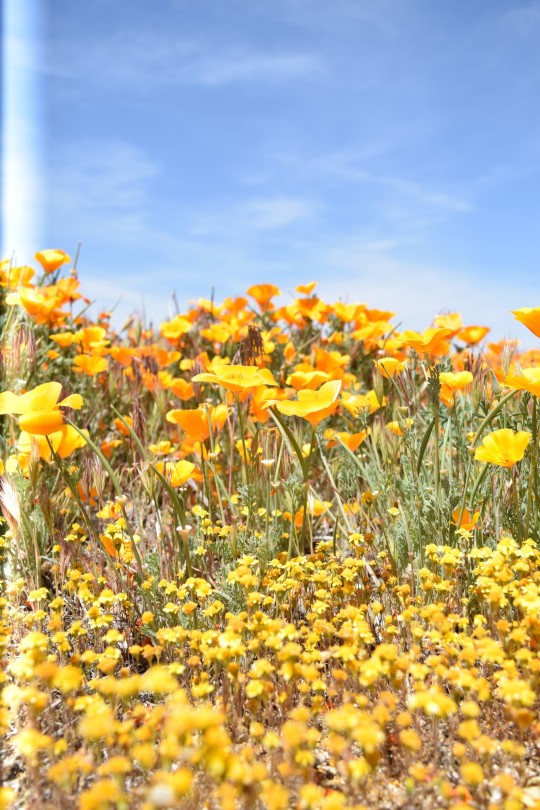
#my camera is a little broken. all the artifacts here are real in-camera issues and not filters#flowers#plants#mojave desert#antelope valley#california poppy#eschscholzia#eschscholzia californica#and#goldfields
33 notes
·
View notes
Photo
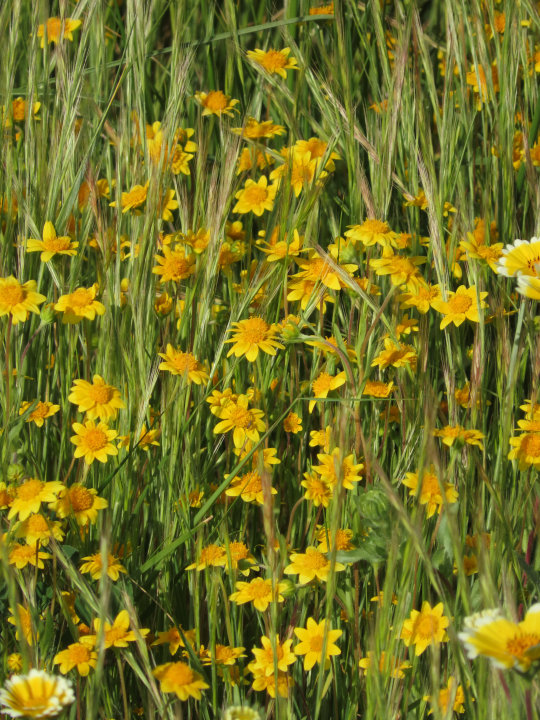
#photographers of tumblr#photographers on tumblr#lensblr#photography#original photographers#bay area#norcal#california#april#spring#goldfields#flowers#blossoms#nature#aesthetic
4 notes
·
View notes
Text

Gil's Place and abandoned motel, Hawthorne, Nevada, 2020.
#urban landscape#abandoned#motel#defunct#bar#goldfield#esmeralda county#nevada#2020#photographers on tumblr
39 notes
·
View notes
Text

Happy birthday, Jake!
I drew the scene from my fic, where Jake invites Star and Varian to his birthday. Drew that once scene after Nate crashed his party.
#tangled the series#tangled oc#my art#tts oc#star#my ocs#rapunzels tangled adventure#rta oc#digital art#jake goldfield#jake#tangled varian#varian tangled#varian#tangled the series fanart#tangled the series oc#varian the alchemist
15 notes
·
View notes
Text
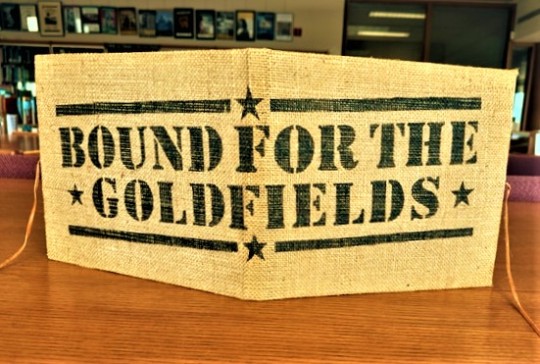
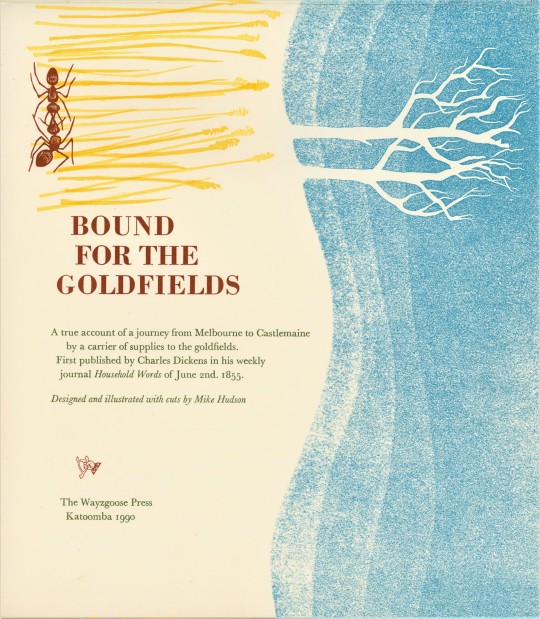





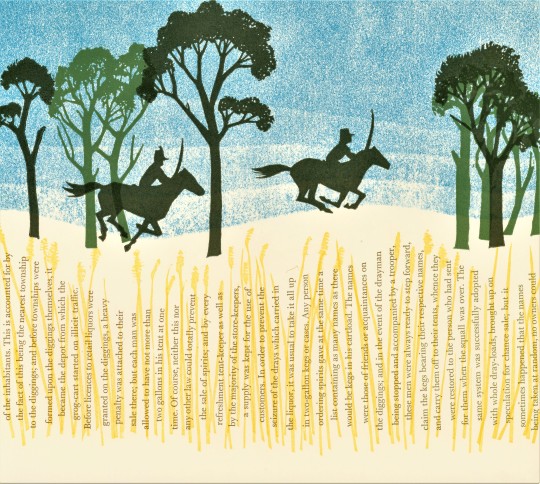


It's Fine Press Friday!
For today’s Fine Press Friday post, our subject is Bound for the Goldfields, published by the Australia-based Wayzgoose Press in 1990 in an edition of 55 copies, another gift from the estate of book artist and collector Dennis Bayuzick. The original story was written by Charles Dickens for his weekly journal Household Words in June 1855 and the Wayzgoose edition was designed and illustrated with linocuts and wood engravings by Wayzgoose founder Mike Hudson (1939-2021). Ours is a review copy, meaning that this specific book was originally sent out to someone to be reviewed for publication before it was actually distributed.
According to the title page, the story told in this book is a “true account of a journey from Melbourne to Castlemaine by a carrier of supplies to the goldfields.” A journey like this was long and harrowing, as described in the book’s text, which is printed vertically as part of the grassy landscape, and the wood/linocuts provide an excellent visualization of where the traveler physically is within the story being told. Readers will see many trees as the subject walks through forests, sees the night sky, and even the destination of the traveler as he arrives: the tents of those working in the gold fields.
This book was hand-set by Hudson's long-time partner and Wayzgoose Press co-founder Jadwiga Jarvis (1947-2021) in 14pt Monotype Baskerville and was printed on a Western Proof Press using Mohawk Letterpress Paper. Mike Hudson Bound the edition, 46 copies of which were in printed hessian fabric with leather thongs, as shown here.
View other books from the collection of Dennis Bayuzick.
View more Fine Press Friday Posts.
-- Sarah S., Special Collections Graduate Intern
#Fine Press Friday#fine press fridays#letterpress printing#fine press books#Wayzgoose Press#Bound for the Goldfields#Charles Dickens#gold mining#Mike Hudson#Jadwiga Jarvis#Monotype Baskerville#Mohawk Letterpress Paper#Western Proof Press#hessian fabric#Sarah S.
19 notes
·
View notes
Text
sighing so loudly at the 46 real life dollars im about to spend to see anthony but i know ive been waiting for this tour for AGES so i NEED to get them before they sell out
8 notes
·
View notes
Video
International Car Forest of the Last Church by reza fakharpour
#Church#Last#Forest#Car#International#NV#lifestyle#outdoors#active#NevadaTravel#TravelNevada#visit#adventure#explore#photographer#trip#road#travel#attraction#roadside#cars#art#buried#photo#photography#Goldfield#travelphotography#landscapephotography#outdoor#USA
2 notes
·
View notes
Text
The Lost Dutchman Mine
A view of the Superstition Mountains where the Lost Dutchman Mine is said to be hidden! Location: Goldfield Ghost Town, 4650 N. Mammoth Mine Rd, Apache Junction, about 35 miles east of Phoenix, Arizona, USA. Time and Date: Around 5 pm on September 28th, 2014.
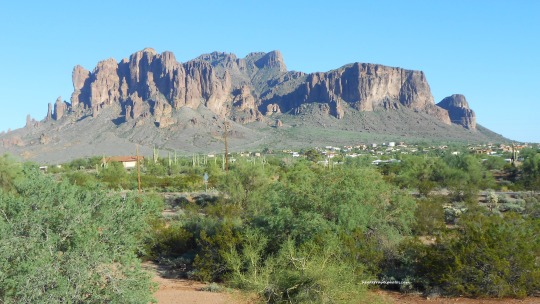
View On WordPress
#Arizona#Goldfield Ghost Town - A Historic Gold mining Town#Hegde Travel Photos#The Lost Dutchman Mine#Travel Explore Enjoy
3 notes
·
View notes
Text
Lake Hillier, Western Australia: Lake Hillier is a saline lake on the edge of Middle Island, the largest of the islands and islets that make up the Recherche Archipelago in the Goldfields-Esperance region, off the south coast of Western Australia. It is particularly notable for its pink colour. A long and thin shore divides the Southern Ocean from the lake. Lake Hillier is about 600 metres in length by about 250 m in width. The lake is surrounded by a rim of sand and a dense woodland of paperbark and eucalyptus trees with a narrow strip of sand dunes covered by vegetation separating its northern edge from the northern coast of Middle Island. Wikipedia
#Lake Hillier#Saline lake#Middle Island#A pink colour Lake#Goldfields-Esperance#Western Australia#oceania#oceania continent
233 notes
·
View notes
Note
Prompt Crossover
MK1 Intro
Issei Hyoudou vs. Alto Goldfield
Issei: Are you sure that you'll be okay with Vermeil-san?
Alto: I can handle Vermeil quite well but thank you for your concern
#vermeil in gold#alto goldfield#highschool dxd#issei hyoudou#meme post#meme prompt#mortal kombat intro#mortal kombat intro meme#mk 1 intro#mk 1 intro meme#crossover au#crossover au prompt#crossover
4 notes
·
View notes
Text

#photographers of tumblr#photographers on tumblr#lensblr#photography#original photographers#bay area#norcal#california#march#spring#flowers#blossoms#wildflowers#menzies baby blue eyes#tidy tips#california goldfields#nature#aesthetic
79 notes
·
View notes
Text

Stone building with red trim, Goldfield, Nevada, 2020.
15 notes
·
View notes
Text

Redrew an ancient jakarian cuz this encapsulates their dynamic perfectly. Click under the cut to see the old art!

#also this my last post for a while#tangled the series#tangled oc#my art#tts oc#my ocs#rapunzels tangled adventure#rta oc#digital art#jake goldfield#jake#jakarian#varian x oc#varian x jake#tangled art#tangled the series fanart#tangled the series oc#tts ocs#rta varian#tangled varian
10 notes
·
View notes
Text
Haunted States of America: Nevada

But You Can't Leave, Shirley (1992) by Shirley A. Porter
The Goldfield Hotel in Goldfield, Nevada, used to be one of the fanciest hotels in the state, operating in a boom town grown by the discovery of gold nearby. Since the 1940s, however, it has been in a state of constant disuse, with multiple failed attempts to restore it. Now, the Goldfield Hotel is known as one of the most reportedly haunted places in the state.
But You Can't Leave, Shirley is written by a former owner of the Goldfield Hotel, detailing her experience living in the building while trying to restore it to its former glory and dealing with its ghostly inhabitants. Among the spirits are George Wingfield, the owner during the hotel's heyday; Elizabeth, a favored prostitute of Wingfield's, who supposedly died shortly after giving birth to his child; small children; several suicide victims; and a dangerous ghost in the dining room. While Porter's account has been called into question, it is nevertheless a fascinating look at her experience in the hotel.
Today, the Goldfield Hotel is on the National Register of Historic Places and is frequented by ghost hunters.
For a more general look at ghosts in Nevada, we have Haunted Nevada (2001) by Janice Oberding.
The Browne Popular Culture Library (BPCL), founded in 1969, is the most comprehensive archive of its kind in the United States. Our focus and mission is to acquire and preserve research materials on American Popular Culture (post 1876) for curricular and research use. Visit our website at https://www.bgsu.edu/library/pcl.html.
4 notes
·
View notes

